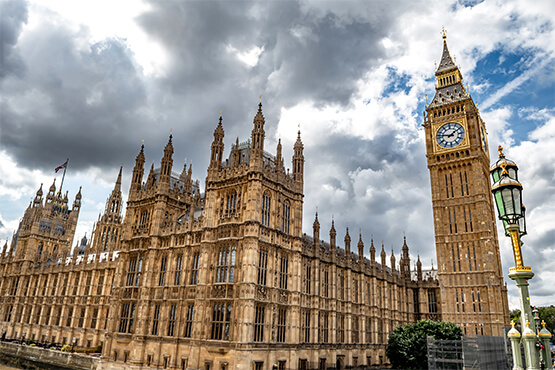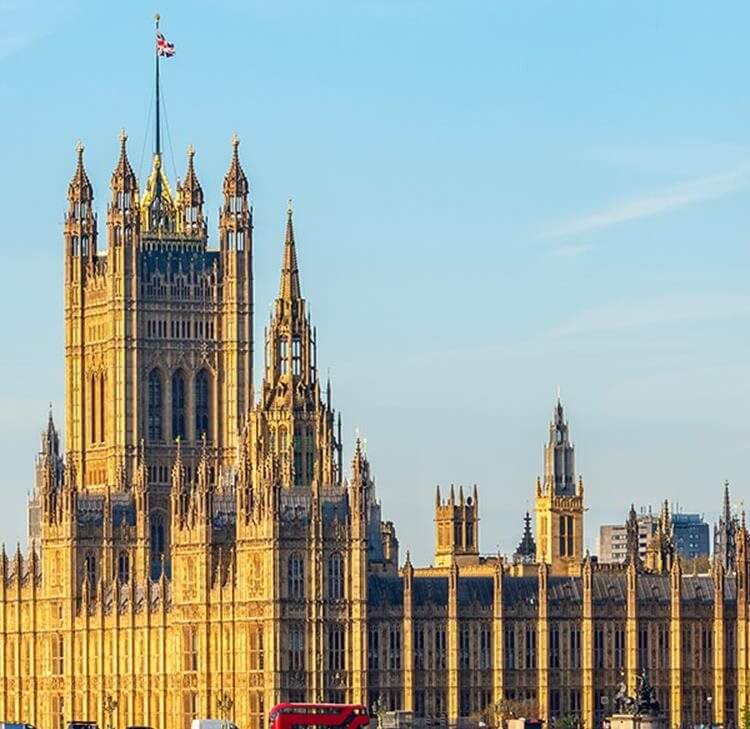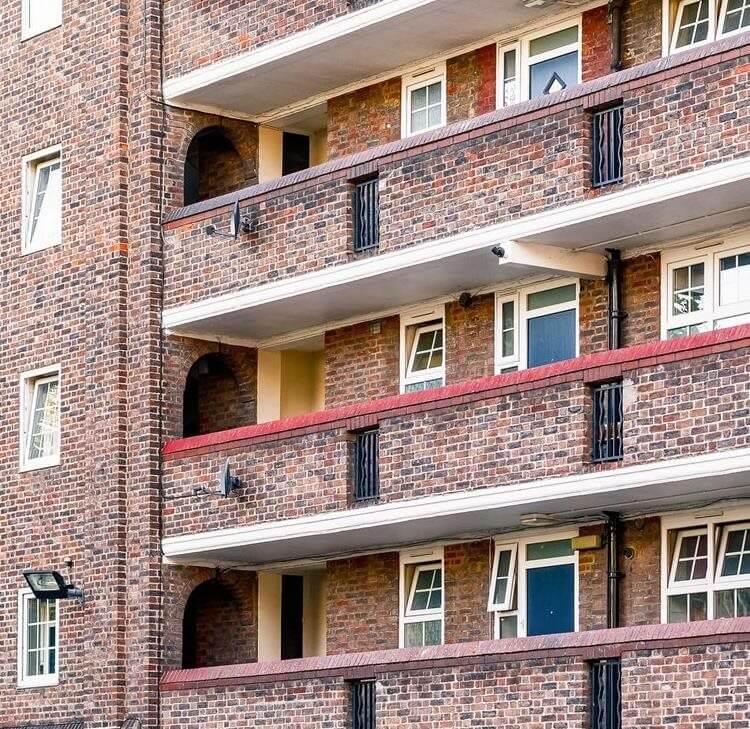Rent regulation for all
The Rent Standard 2020 defines rent increases, aligning regulation of all registered providers of social housing, including councils for the first time.
The Housing and Regeneration Act 2008 provides the current statutory framework for social housing regulation in England. This Act created the Regulator for Social Housing and gave the Regulator the power to set standards on many matters, including rents. This is known as the Rent Standard.
The Secretary of State has the power to direct the Regulator to set standards, including the content of the standards and objectives to be regarded when setting those standards. Historically the Rent Standard applied to housing associations only, with council rents controlled through the housing benefit system.
In 2016 the implementation of the Welfare Reform and Work Act required social landlords to reduce their rents by one per cent each year for four years on both social rent and affordable rent properties (see panel) and a previous five to ten per cent flexibility was removed . This reduction was so the social housing sector helped reduce the deficit on government welfare spending and at the same time reduce costs for tenants paying part or all of their rent. The implication for the business plans of social landlords relying on ten years of certainty in rent levels was that investment reduced.
This rent reduction is however due to come to an end in April 2020 (for those housing associations who will have completed the previous four-year rent reduction) and a new Rent Standard will be implemented, allowing rent increases over five years.
While the rent increase will be of some relief, given the decreases of the past few years, it is unlikely to be of a level to make significant difference to the strained position in which all registered providers find themselves. In addition, there is also no guarantee the Rent Standard will last for the five years suggested, particularly given current political uncertainty.
Given the limited rent increases, it is unlikely the Rent Standard will trigger any substantial investment plans for landlords1, although it may be a welcome boost to existing maintenance and expansion plans.
The new Rent Standard
On 7 May 2019, the Regulator launched a 12- week consultation on the new Rent Standard. The key changes proposed were:
- The rent standard would now apply to all registered providers (including housing associations and councils), aligning the regulation of council rents and private housing association rents. This was borne from a practical standpoint, more than a desire to achieve equality between social housing providers, because of the introduction of Universal Credit.
- The level of annual increase on both social rent and affordable rent is capped at the Consumer Price Index (CPI) plus one per cent for at least five years. This is to provide a stable financial environment to support the delivery of new homes and to allow social landlords to plan ahead.
- The flexibility of five per cent for formula rents and ten per cent for supported housing rents is restored but should not be employed as a matter of course. It is to be applied to individual properties, taking into account local circumstances and following consultation with tenants.
- A property let at below formula rent can only be increased to formula when a property is re-let to a new tenant, subject to the social or affordable rent cap .
- Prior to the consultation, the Regulator undertook a business engagement assessment to consider the impact of the proposed Rent Standard. The assessment considered only the impact on private registered providers, excluding councils, as they were not considered to fall within the classification of business. The Regulator concluded the proposed Rent Standard would cause no change in regulatory burden, would not adversely impact on small businesses and identified no equalities implication.
Overall, the return to an increase in rent was met positively and the provision of some stability (albeit not for as long as would have been liked) was welcomed.2
The consultation asked four questions:
- Has the Regulator accurately reflected the requirements of the Government's direction in its proposed 2020 Rent Standard?
- Is it agreed that the proposed 2020 Rent Standard, when read alongside the policy statement, gives an appropriate level of clarity about the rules to be complied with?
- Are there any other comments in relation to the proposed 2020 Rent Standard?
- Is the conclusion of the business engagement assessment agreed?
The consultation
The consultation received a total of 127 full responses, summarised in a decision statement, published by the Regulator on 31 October 2019. 55% of responses were from private housing associations, 26% were from councils and 13% were from trade or representative bodies. The remainder of responses were anonymous or from unknown organisations.
Almost all (92.7%) agreed the proposed Rent Standard accurately reflected the Government's direction and 81.3% considered the Rent Standard was clear. 75.2% agreed the conclusion of the business engagement assessment. The majority of those who disagreed objected to the assessment not considering council providers and some raised equalities concerns, which they considered had not been adequately addressed.
As might be expected, the response to question three contained some interesting views, with the vast majority of comments related to policy, rather than the Rent Standard itself. The consultation decision statement did not address those policy concerns, instead commenting that the Regulator was limited in the scope of the changes they could make as a result of the Government’s direction.
On a short-term basis, Universal Credit is likely to have an impact on cash flow.
Comments included:
- A call for a commitment to certainty for rent calculations for more than five years to allow greater confidence to invest.
- A request for a freedom to make local decisions on rent levels to ensure income is sufficient to allow for long-term management and maintenance of existing stock to Decent Homes Standard and investment in new house building.
- Noting a lack of reference to rent convergence.
- Disappointment at a lack of mechanism for those landlords whose rent remains significantly below formula to reach formula level.
- A suggestion that local market forces would regulate rents and so national regulation was unnecessary.
- Concerns regarding the reporting the provision of data on rents to the Regulator by councils and the risk this could be an onerous and costly burden.
- Concerns that rents are not affordable for those on the lowest incomes.
Overall, the return to an increase in rent was met positively and the provision of some stability (albeit not for as long as would have been liked) was welcomed. However, there was a degree of caution that the commitment to a five-year policy may not be honoured.
There is a real concern from all registered providers of social housing that where rents are below formula, a mechanism is needed to increase rents up to the formula to enable investment in maintenance and repairs, energy efficiency and building new homes. This is particularly important due to the implementation of legislation, such as the Homes (Fitness for Human Habitation) Act 2018, placing additional burdens on landlords regarding housing stock condition.
The consultation did highlight some drafting issues with the proposed Rent Standard, which have been rectified in an amended Rent Standard; however, to all intents and purposes the current proposed Rent Standard will come into force in April 2020.
All registered providers of social housing need to review their portfolios, decide where rent increases will apply and identify those properties where they consider the flexibility increase is appropriate. Rent policies may need to be amended to reflect new rent levels.
The threats faced by registered providers of social housing are unaffected by the 2020 Rent Standard. All landlords have existing obligations in relation to health and safety and there are now increased expectations and changing requirements which impact more on social landlords as a result of the housing stock they typically own: for example, high rise buildings and the requirement to remove and replace aluminum combustible material and high pressure laminate cladding. The limited rent increases provided by the 2020 Rent Standard won't assist much with these costs.
Stock condition is a major issue generally. Social landlords need to know the quality of their housing stock to ensure compliance. Long-term planning is required to ensure additional investment is available, if needed, and the 2020 Rent Standard only really enables short- to medium-term planning.
All registered providers of social housing will have to plan beyond the five-year period provided for by the 2020 Rent Standard and will need to consider the extent to which their business plans could cope with any changes in housing policy and related welfare reform. On a short-term basis, Universal Credit is likely to have an impact on cash flow.
Universal Credit was implemented in pilots from July 2019 and is due to be rolled out to all areas by 2023 (subject to the new Government's policies). These pilot areas have noticed an increase in arrears. All registered providers of social housing need to ensure their short-term plans factor in these cash flow issues when Universal Credit is rolled out to their tenants.
Clearly the issues facing social housing providers are not going to be solved by a slight increase in rent; however, a detailed knowledge of housing stock, engagement with tenants and well thought out business plans will stand them in good stead to tackle these challenges and weather political uncertainty.
Rent Standard - a recent history
In 2002, the Government introduced a rent convergence policy under which, over ten years the rent in social housing (both council and housing association) would be brought into alignment. The policy established a social rent ascertained through a formula based on the value and size of the property and relative local income levels. Most rented social housing properties are let at a social rent.
Landlords have flexibility to set rents at up to five per cent above the formula rent (or ten per cent for supported housing). In their direction in 2011, the Government introduced affordable rent, which permits rents, including service charges, to be set at up to 80% of market rent. Landlords can only let new properties at an affordable rent where certain conditions apply. This was implemented via the 2012 Rent Standard. The convergence policy continued.
In 2015 the Rent Standard cut short the convergence policy but allowed housing associations to increase rents by the Consumer Price Index (CPI) plus one percent. This was due to remain for ten years. Social landlords were also permitted to charge a full market rent where a social tenant household had an annual income of at least £60,000.
First published in Rent regulation for all in Winter 2019 edition of stronger, ALARM’s member journal by Victoria Curran and Pamela Shephard.
ALARM is a membership organisation run by members, for members, supporting risk professionals that support our communities and citizens. For more information, please visit alarmrisk.com.
References
- housing.org.uk/resource-library/browse/rent-reductions- supporting-implementation/
- gov.uk/guidance/definitions-of-general-housing-terms









































